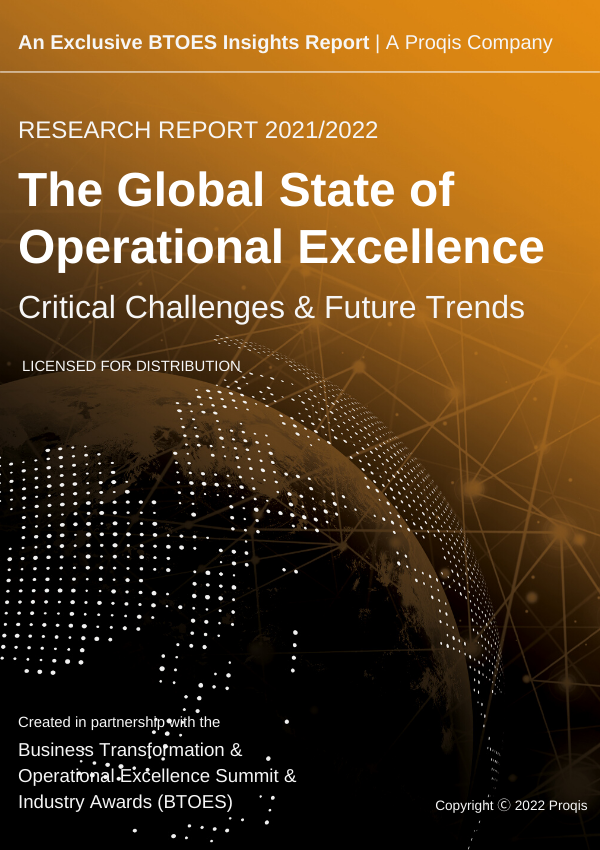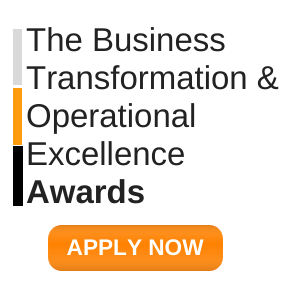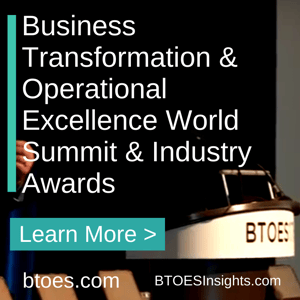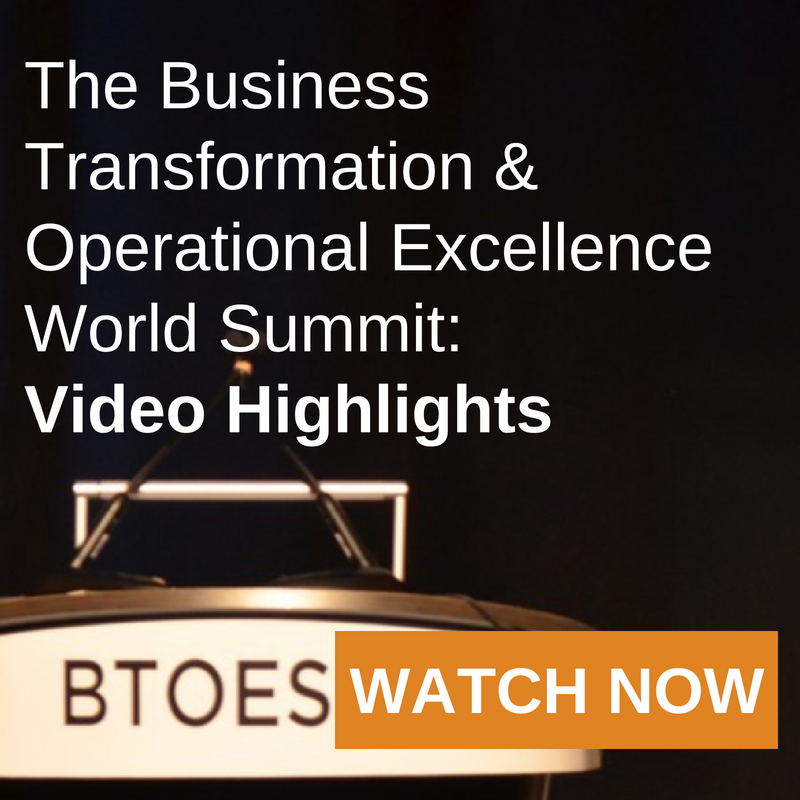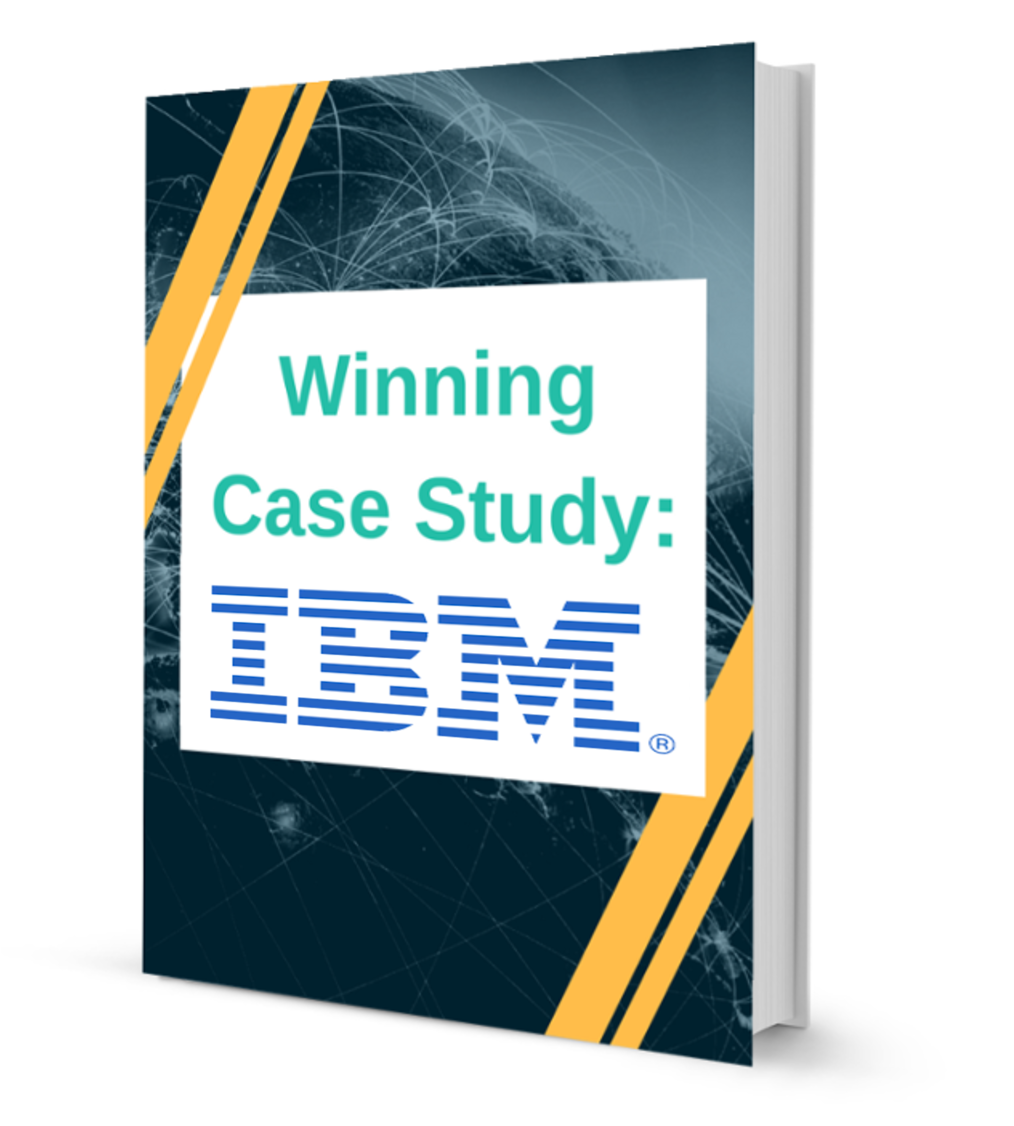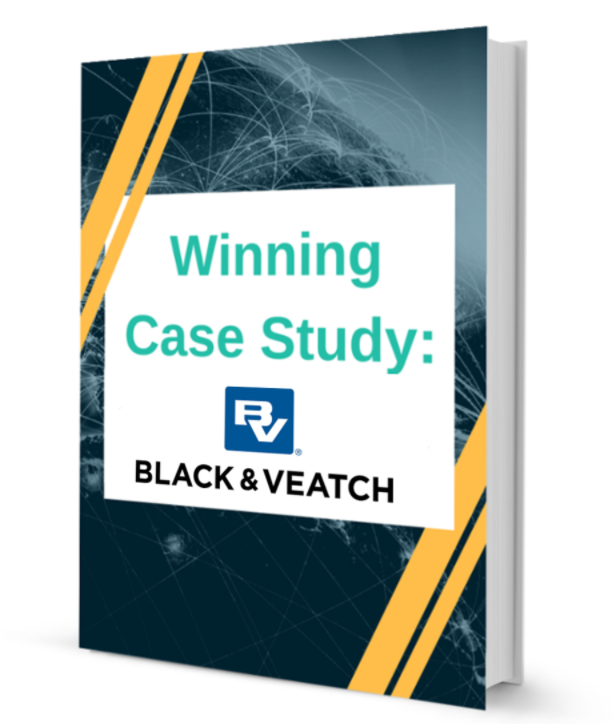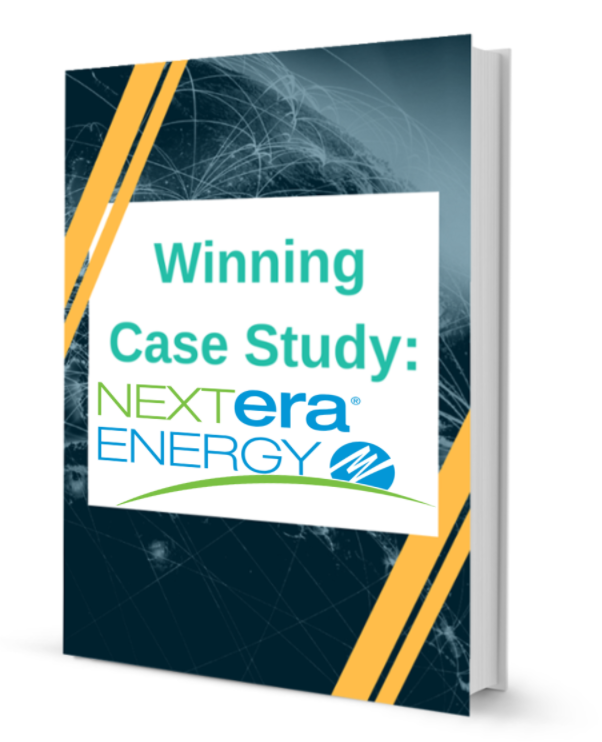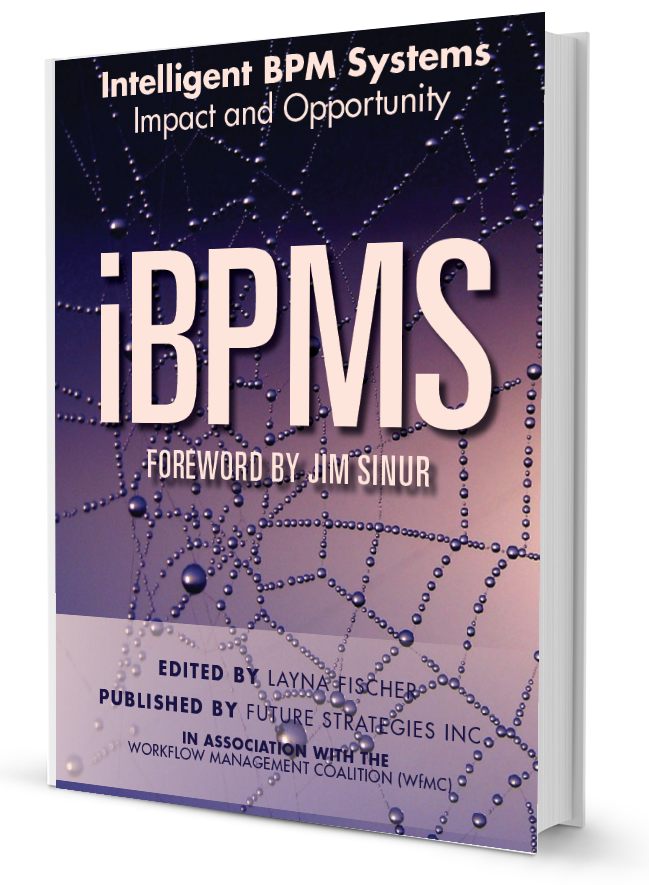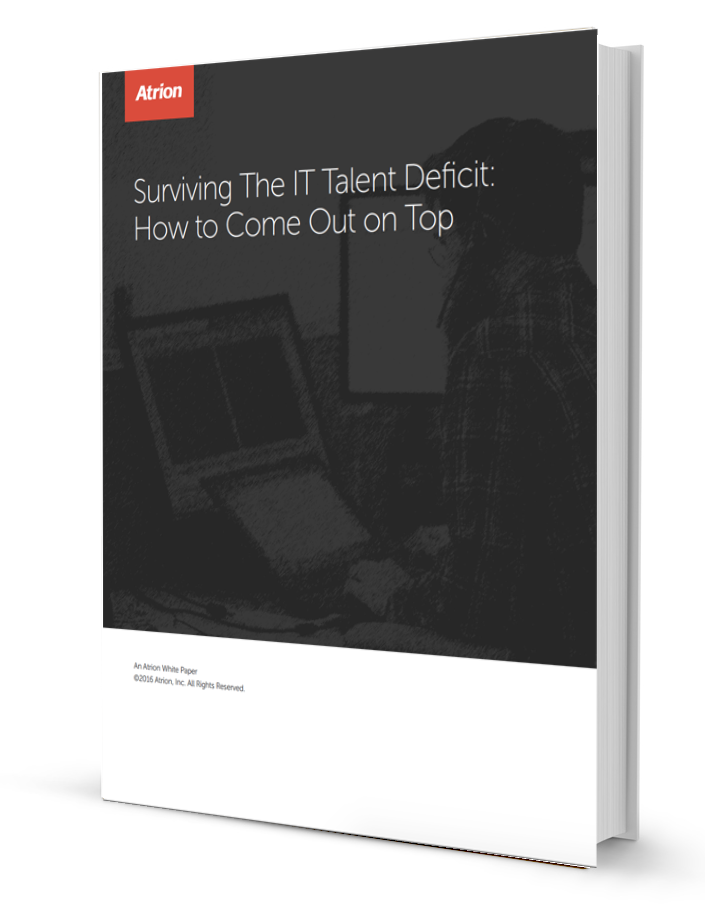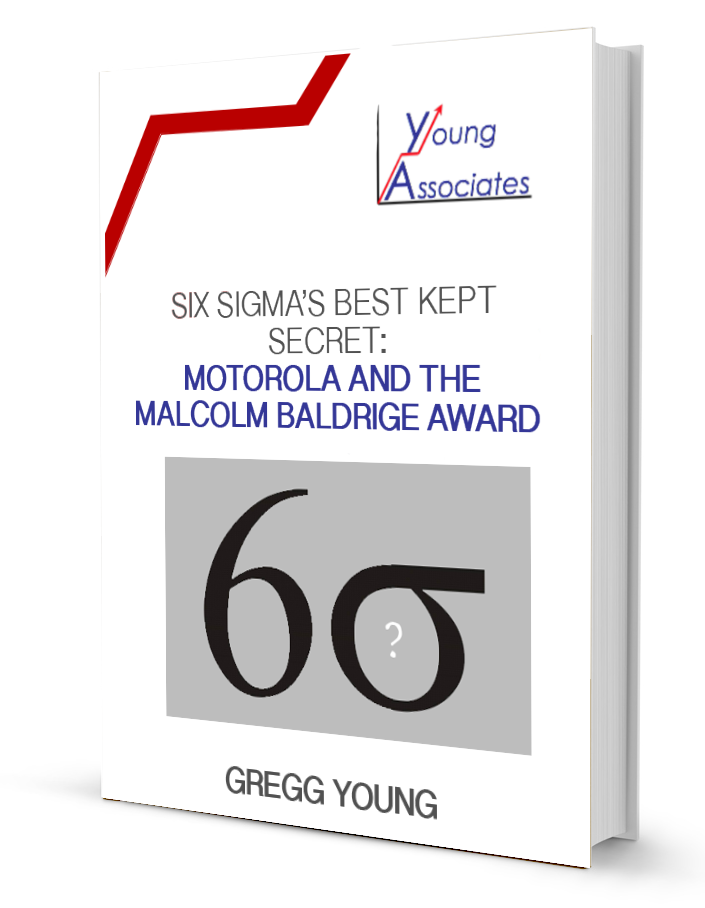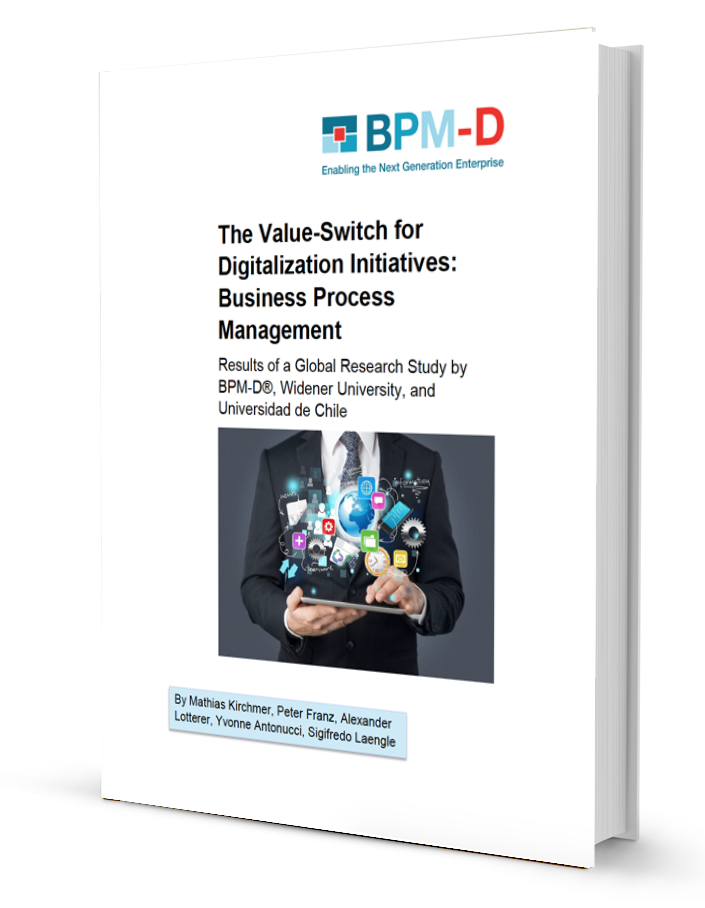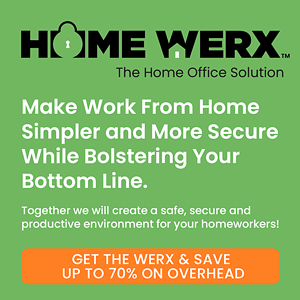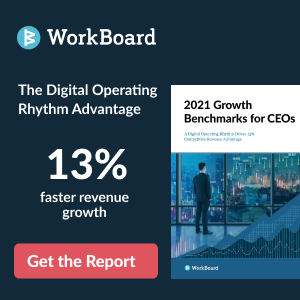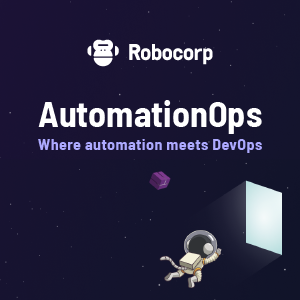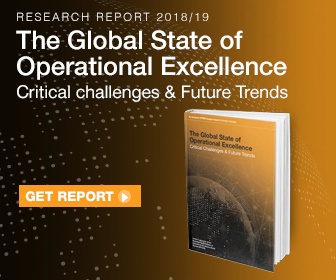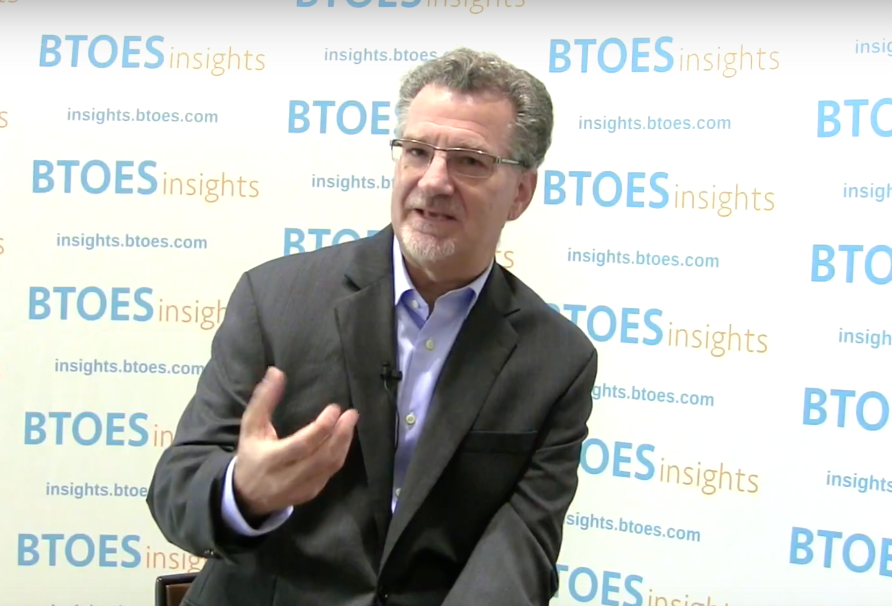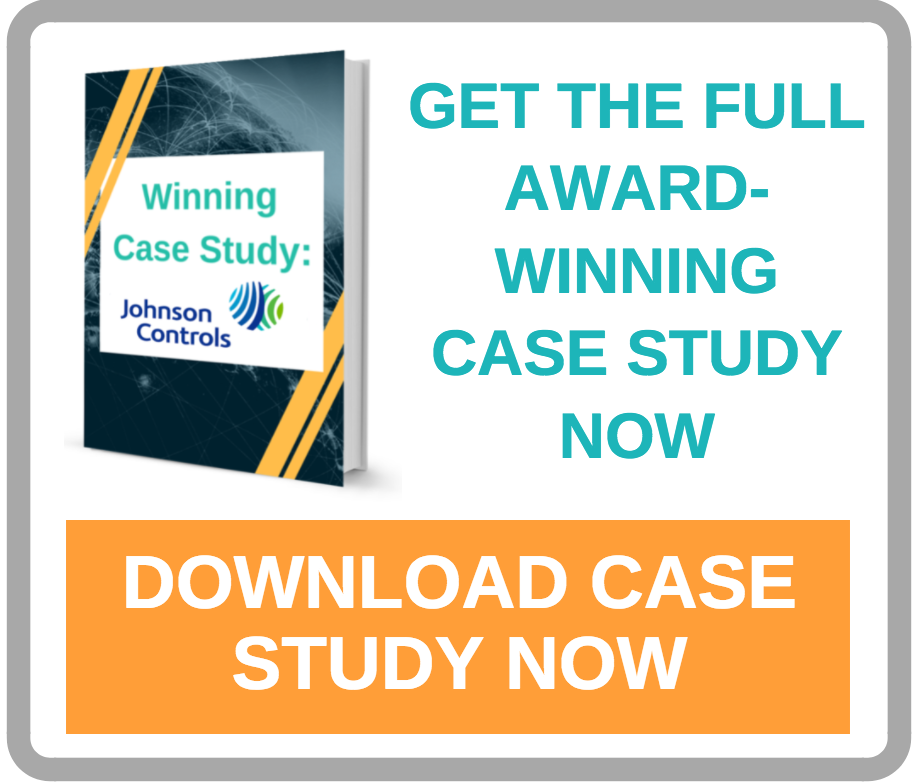Session Information:
Blockchain Technology in the Supply Chain
Session Transcript:
Oh, I'm super excited of our first speaker today.
And he is the CEO and co-founder of Chainparency, and I'm talking about Harry in this.
As the CEO and founder of Chain ... Technology Company focused on the development of blockchain applications and solutions for transparent and responsible supply chains.
Perry serves on the Steering Committee of the Gold Chain Foundation, Developer of the Gold Chain Blockchain Protocol, India's advisor to multiple tech startups. He has more than 20 years of professional experience as a management consultant, venture capitalists, corporate finance advisor, and tech entrepreneur, and he is passionate about leveraging cutting-edge technologies and innovative solutions for positive change and global impact. Harry, thank you so much for taking your time to share your experience and your wisdom with our global audience today. We're very much looking forward to your presentation.
Yeah. Thank you so much a much. Appreciate the invitation to be here this morning and thanks so much to all of you for tuning in to Supply Chain Planning Live and particularly for this session this morning.
So, you know, as was mentioned during the introduction, obviously we've all been having a quite difficult past few years.
Supply chains have really been tested, The resiliency has been tested and you know, when the pandemic and eventual post pandemic environments, the path towards did is digitization has really accelerated, you know, given the circumstances that we've all been dealing with. So, and in particular, what we've seen, the adoption of Novel technologies, particularly blockchain technology and distributed ledger technologies, that has really accelerated a given its utility, particularly and the environment that we see ourselves today. So, what I wanted to do this morning is basically talk about blockchain technology and how we can all start to prepare to incorporate this cutting edge technology into supply chains.
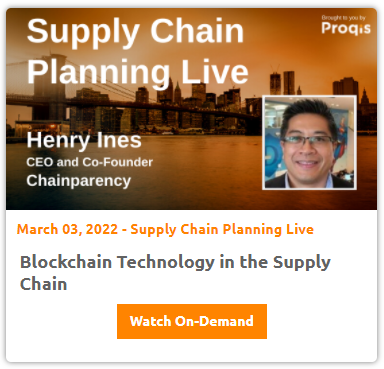 In terms of the agenda, what we'd like to do is, first: see if I can get this going here.
In terms of the agenda, what we'd like to do is, first: see if I can get this going here.
Basically, I began by giving a Primer on blockchain technology.
The point of this is not to make everyone experts here has a lot to learn, but it's really about having the baseline to ask the right questions. As we prepare to deploy blockchain technology, will learn about why this questions typically raise my blockchain technology. How does it differ from existing legacy solutions, will explore various cases related to blockchain and how it's being utilized in global supply chains. And then, most important, we'll talk about some concrete steps that we can start to do as we prepare for rolling out blockchain. And if nothing else, just to remember a key takeaway that the technology is here, It is ready to be deployed today, everything is about timing. Especially with technology, there's a significant demand for it. And the economics and utility for it it is ready to be deployed. As long as your enterprises is willing to take the leadership to adopt the technology.
So, I'd like to begin by first just giving a very basic definition of blockchain technology. This is again, just my view on it. And this as a, as a just context as we move for the rest of the session.
But, you know, Blockchain is really just a type of data structure. It's a, it's a distributed database.
And if you think about this data structure, it's, it's consists of a chain of blocks, OK, as the name implies, and within these blocks, you have cryptographically, or highly Secure time-stamp, Transactional Data, OK? And then these chain of blocks are essentially synchronized over multiple nodes and computing devices. So that's, that's how I think about Blockchain. and how you can visualize it. And now, let's talk a little bit more about it and what this really means.
And I would say, very important to underscore is that, because there's always a confusion, is that Bitcoin and cryptocurrencies, they are not blockchain technology.
OK, So, I want you to think about Bitcoin as, as an application that sits on top of the underlying technology underlying protocol, which is blockchain technology. OK, so think about blockchain, kind of like an operating system, the data structure, and then you've got various applications that run on top of it to include Bitcoin. This is really important because there's a lot of times it's conflated, and we really want to make sure that we separate the two.
Now, it's very important as we talk about blockchain technology, as it's a data network. We're really talking about an evolution of how we're moving in terms of the type of data networks that we will rely on.
So very much that we are accustomed to today are from terms of a legacy solution or just a centralized architecture.
So if you talk about the work of computing that's happening, it's centralized to a particular node. And so that node becomes a siloed network.
Now as you move more towards a decentralized network, you essentially have nodes that have sub nodes, and those sub does do some of the work that rolls up spilled into a centralized. Knows we have a series of centralized nodes that communicate with each other and those centralized nodes have subnets. Now, when we move towards blockchain technology, now, we're talking about the distributed, distributed network and also decentralized in the sense of ownership of data.
And when we talk about distributed, we're talking about a full equal peer-to-peer network. There are no sub nodes. All the nodes are able to communicate with one another. And that's when we are saying that blockchain technology it synchronizes all these transactions amongst these multiple distributed nodes, with all equal access to data.
 And as I mentioned, legacy data through legacy centralized architectures, it's a siloed network. So these are opaque networks, which makes it sometimes very difficult to share. There's a lot of inefficiencies, and as a centralized structure, it is a single point of failure. So it's vulnerable and prone to two mistakes, fraud.
And as I mentioned, legacy data through legacy centralized architectures, it's a siloed network. So these are opaque networks, which makes it sometimes very difficult to share. There's a lot of inefficiencies, and as a centralized structure, it is a single point of failure. So it's vulnerable and prone to two mistakes, fraud.
And of course, we all know this, quite often cyber attacks, and as you move towards the distributed blockchain technology structure, now it's decentralized. So no one very important. There's no reliance on a trusted, intermediary to access data. Everyone has access to that data.
It's distributed. So you're talking about the distributed nodes, equal nodes, peer-to-peer nodes, and also globally distributed. The system is also fault tolerant because so if a particular node gets compromised, it doesn't matter, because all the other nodes maintain the entire chain of blocks. And it's highly highly, cryptographically secure and very important. Any transaction that gets posted on the blockchain, it's immutable or irreversible. So, it makes it a very powerful auditing tool.
And what you have essentially is an append only leger, right? So you can create transactions, you can read it. But you can't edit it, and you cannot delete transactions. That is a very important distinction between legacy databases.
And what this means is that, again, moving from a current to a distributed ledger framework, again, you know, reliance on trusted media intermediaries for data. Terms of cost, you start to dis intermediate, your networks, there's a lot of efficiencies that come from it. We're talking about error or irreversible. A cryptographically secure transactions, settlement time is instant compared to all the intermediaries required for third parties, and it's real-time on. So really important to be able to have that real-time recording, audit ability capability. And again, from integrity, the blockchain becomes a single source of truth.
So, how does this work, though? Right? So, it's important and that we mentioned this earlier on, is that there's the underlying protocol. And then there's applications and services that run on top of it. So, you can see here, and we don't need to go into all this, but there's a lot of the data networking layers that are under the infrastructure that makes the blockchain work. And then you've got lots of different ... distributed applications and services that run on top of it to include cryptocurrencies and digital assets.
In a very basic, we can take a look at how a transaction can work.
So, in this case, a user is initiating a transaction to user B when that transaction is initiated this broadcast to all those nodes. Remember, we described that, that there are distributed nodes globally. Right. And when it's broadcast, one of the nodes will then be either rewarded, or, well, maybe you through a round robin will be selected to process that transaction. And validate that is indeed the Correct, next transaction. Once that transaction is confirmed its unified as the next block of data on that chain of blocks, once that's added, then it's broadcast distributed, and synchronized. across all the nodes in the transaction is complete.
So, that's a very simple I format, this is how it works.
And when we talk about transactional layers, it's important to think about what those transactions are.
Again, on a simplistic, less level, Layer one. We're talking about a peer-to-peer transactions. This has really was the first common use case we're talking about. Financial transactions, and bitcoin, obviously was very popular. That that can be one example of a type of transaction that happens on a Blockchain.
The next one, again, can also, again, be a peer-to-peer transaction, but it's not talking about castroville currency.
It could be, in this example we're talking about, perhaps you're having a conversation between you and your doctor, and you have mutual consent on your prescription or taking prescription.
That consent can also be a type of transaction that's recorded on the blockchain.
Then as we go, even deeper, one of the most powerful solutions is when you're sort of self transacting, right, so it's not peer-to-peer anymore, maybe you're casting a vote. And that's recorded as a transaction, or maybe if we're talking about an IOT device that's recording, a particular event. That's a critical tracking event, that's then going to be recorded on the Blockchain. So just to give you a sense, that when we talk about Blockchain, it's not just about currency and money. There's many types of different transactional layer second we can record, be recorded on a Blockchain.
And very important is, are all Blockchains to say. Right. This is definitely not the case. We highlight this slide basically because there's so much. Obviously, I'm very biased and bullish on blockchain, but there are certain challenges that are still associated with the technology. And you can see here, this is a two thousand eighteen's slide from the World Economic Forum that there are various considerations still out there about how to truly adopt that accelerate blockchain technology. And I'll point out the two main ones that you here probably quite often is the scalability, the level of scalability of the of the technology and again the the amount of carbon footprint or sustainability of the of the technology. These are two things that are quite retiring.
And so when you're evaluating blockchain technology for any blockchain, you will have to be confronted by what we call this. This blockchain, try lemma. OK. so for any blockchain, you're really trying to, tap, to view the struggle or the tension between three variables. one is security, what is the level of decentralization of that blockchain and the scalability? So nobody's going to compromise on security, right?
So, it really boils down through, depending on how that blockchain setup, it's consensus, how it adds that next block will determine the level of decentralization or how scalable that blockchain is OK. So that's these are three things to keep in mind when you're evaluating blockchain technology.
And This can give you an example of just how it differs across different protocols, so you know I obviously I come from the perspective of the go chain blockchain enterprise grade highly scalable. And you can see there the the impact of transactions per second on the average cost per transaction. And this varies a lot again depending on how blockchains reach consensus and add that next block and the latency. So, you know, go to, for example, we're averaging three to NaN per transaction.
And there's lots of different terminology and jargon that you're going to hear about Blockchains. It's not important to note, specifically, again, Just to be able to ask the question. one is that, you know, when we're talking about, for example, say, public or private, you know, who can participate in the blockchain, right? Is it public? Or, you know, or is it more of a permission environment where a private environment that you can only be able to participate? If you're invited. And when we're talking about, for example, say an open or closed blockchain, you know who can view the transactions and then and then getting down to it. in terms of permission or permissionless you know, what the rights are All Participants Street at the same? Or? Does is there an administrator that's responsible for giving different layers of access and responsibilities within that Blockchain? So, there are lots of different attributes associated with the Blockchain. It really just depends on the protocol and the use case.
So, let's talk about applications.
So, you know, I think today, and, as I mentioned earlier, there's so, many different use cases out there for how we're using blockchain technology. And, we highlight and summarize a few here, But, you know, food safety is a big one, right? Because if you have a distributed ledger, that's real-time recording transactions. That are, you know, auditable on a blockchain That becomes highly compelling when you're talking about the tracking of food and food security outbreaks, these kinds of things is really huge. And of course, particularly on compliance or any regulation that's out there right now to be able to audit. a real-time posted transaction is really compelling for compliance purposes. And again, just agriculture, in General Agra Foods just understanding the provenance of the products that you're consuming, whatever claims are being made, can use, substantiate those claims through the agriculture supply chain.
And, of course, know, I think every major enterprise right now is pursuing some level of sustainability or ESG path and that's your requirement. All that closely related to is how you report that carbon footprint and your greenhouse gas emissions. Again, Blockchain becomes highly compelling to be able to record those transactions in terms of how you're a substantial you're reporting on lots of legislation coming out right now, in terms of ethical sourcing, to make sure that you're responsible sourcing your raw material inputs in your products, in your supply chain.
And, you know, in terms of measurement of your Scope one, Scope three emissions, understanding all of that throughout the supply chain, you need to have something that you can trust to have high fidelity data and record that on an immutable ledger. That, again, product authenticity is something that we all continue to be very frustrated with across industries. And again, being able to better authenticate that, the product is real. It's, it's value chain, that sourcing is provenance of that can be done through the blockchain.
I mentioned compliance because there's there's just been a tremendous uptick in legislation and regulation across the board, from illegal unregulated unreported activities and a supply chain. You know, human trafficking, unethical, slave labor, and food security rights. You know that the Food Safety Modernization Act Section 240 for example, the requirements for digital traceability forwards backwards traceability, responsiveness, and supply chains for certain products. That's going to be very important in blockchain, it's highly compelling for that. But yeah, you can see here there's lots of different legislation that was coming out, centered around supply chains and blockchain can be very important to help you record and substantiate the claim that you're making in your supply chain.
Agriculture, again, touched on it. In terms of product provenance, quality of freshness, your logistics and all the stakeholders in your supply chain and where can we find automation and operational efficiencies that works very well blockchains.
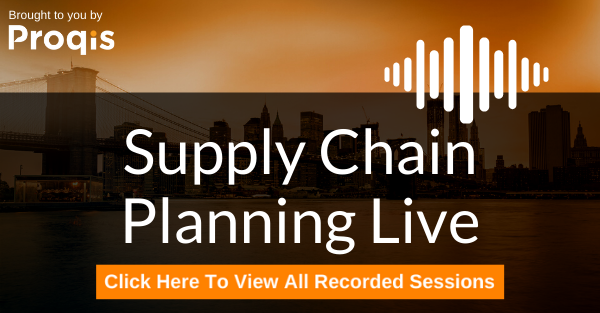 We talk about greenhouse gas emissions and your, your path to net zero and your carbon footprint, and the reporting that's required and associated with these claims, All that requires high integrity data.
We talk about greenhouse gas emissions and your, your path to net zero and your carbon footprint, and the reporting that's required and associated with these claims, All that requires high integrity data.
And again, being of the time-stamp, those transactions on a blockchain we mentioned ethical sourcing humane treatment. There's lots of ways, lots of really creative ways, right now that organizations are thinking about, for that first mile, you know how to better authenticate that you are responsibly sourcing products.
And authenticity, as I highlighted what you see on your screen here, or there's been so many questions around authenticity, you know we're talking about food. It could be olive oil could be, honey, saffron, seafood, fraud, or statistics that 30 to 70% of seafood in the United States with either mislabeled, or just fraud fraudulent claims. So, there's a lot of fraud out there, and again, Blockchain helps to ensure that you have the transparent, responsible supply chains to make the claims around your products. And at the end of the day, you just want to have granular end to end traceability, right Throughout your entire supply chain. Every chain of custody critical, tracking big event, key data elements. All of that to be able to be time stamped real-time time-stamp and recorded on a blockchain and all that. It has implications in terms of regulations, compliance, how you reporting, and to your, your carbon footprint, and your greenhouse gas emissions.
With that backdrop in mind, hopefully that gives you a bit of a foundation or to be able to evaluate blockchain as you consider deployment and rolling it out in your supply chains. So, let's talk about blockchain readiness.
So, just to get started, you know, typically we have a lot of questions, you know, why blockchain? And we addressed a little bit of that on this session today in terms of a distributed ledger technology versus legacy centralized architecture. But, you really even need to understand the blockchain to get started. No, you don't. There's a lot of applications out there now to data in terms of an interface and user experience to be able to quickly adopt Blockchain.
Then very important. Is it affordable?
That depends really on the distributed ledger technology that you will be deploying.
So, when you consider a blockchain, there's all bear a variety of different issues there.
We discussed that blockchain trilemma, right, so if you don't have a scalable blockchain that, Well, not only is it not scalable and enterprise friendly, but there can be a considerable cost element both in transactional costs, as well as the environmental costs as well, And are there any additional, you know, expenses require in terms of software, hardware And how does this impact my current system, my legacy system will be compatible with vendor software, third party software, and again with my existing infrastructure? These are all the kinds of questions and more important, you know, How is this data stored, right? Do I need a whole new Data lake for Blockchain? Or can I? keep everything the same? These are the kinds of things that questions, that are typically raised. And, you know, I think, at a high level, we can boil that down into four different steps here, in terms of supply chain mapping. The particular tagging related, or identification of the assets are commodities that you want to track, the integrations question, and also, ultimately, the impact on workflow.
So let's talk about supply chain mapping.
So at the very beginning, it's important to understand exactly what the objectives are for your track and trace. And we highlighted some of the use cases and examples of why you really need to start deploying this type of technology to substantiate claims and the record transactions on an immutable ledger. And part of this question then is what data exactly is going to be on chain?
So, because watch chain is is permanent, right. So you wouldn't really have any, you know, personally identifiable information. Things like that on a blockchain. What's on there is essentially a, what they call sort of a digital hash. It's a unique signature cryptographic signature that's recorded on the blockchain, and but maybe what that represents our time-stamps geo co-ordinates, you know, as you can imagine chain of custody for your supply chain. But again, as you are thinking about the product that's being tracked and trace, at the most basic level, maybe it's a it's a particular unit. Like say a lobster, which will not go undergo any transformation. But maybe it's a carton radar or a container. Maybe you're talking about a box, you're talking about a truck, but, but really understanding what exactly is being traced to help substantiate your claims. And then, when you're deploying blockchain technology, how will that be able to be used and deployed to all the stakeholders throughout your supply chain?
And again, as I mentioned, Very important to understand what is the, the the data that, the essential data that needs to be recorded on change.
Tagging requirements, so you know, when you think about a blockchain, you're essentially having almost like a digital twin of a particular physical asset on the blockchain to be track and trace. So to do that, you need to have some tagging element So typically, there's probably, you know, already a GS one barcode or maybe you're using QR codes. But maybe you need RFID or IOT. You need some other unique tagging elements. But, these are all things that need to be determined in order to be able to give that unique identity to be represented on a distributed ledger.
And, you know, obviously, depending on the industry sectors, there's some very obvious ones in terms of tagging elements, but at the most basic level, you're probably talking about barcodes and QR codes and systems integration, you know, very, very closely associated a tagging. So, is there IOT, data collection, sensor devices that are part of your supply chain? How is that going to be integrated and capture important data on your blockchain? And beyond that, in terms of systems, maybe you're integrating through APIs with other third party vendors that are also important to the data that's flowing through your supply chain. So, all of that can also be real-time, record, even time-stamp on the blockchain. So, that's obviously as a supply chains get more complex, and there's more stakeholders, than the integrations will be increasingly more important.
But, perhaps at that first mile, when you have a fairly linear supply chain, you may not have as many integration or IOT requirements, and ultimately, workflow. So, there's definitely time required to understand how to improve the data integrity for your transactions. So, when you look at it, Are there commingling of assets things like that? These have to be addressed, because as we've seen time and time again, as products are flowing through the supply chain, there is a question of how these assets should be separated to a better ensure that sort of data hygiene that's actually being posted on the blockchain.
I wanted to highlight Go Trace. To give you an example of how easy you can deploy Blockchain traceability today. So Go Trace is a turnkey modular blockchain traceability application, enables you to real-time time-stamp and record key data elements, critical tracking events, and any other metadata that needs to be recorded on a public ledger. It's mobile first, zero paper, all digital solutions, it's highly sustainable and really important is that it's hardware, software and cloud agnostic.
So when you're thinking about blockchain traceability, that total cost of ownership you want to make sure that you're not paying extra for cloud or or other software it really is just should be all about the Blockchain Traceability application.
And the system itself, it's out of the box solution is QR Codes unique QR Codes, but it can be paired, as I mentioned, with any other tagging or ID system to give you that representation on the blockchain. And it can certainly incorporate mobile devices and any kind of sensors RFID in IOT. And the application itself has already integrated with more than 30 plus different logistics and the enterprise service providers.
And what you get essentially are what we call the breadcrumbs. All the granular track and trace, critical tracking events on the blockchain. So you can see here, time-stamps, geo co-ordinates, and other metadata that you might think, and for, all of that can be captured on a real-time basis on a public blockchain ledger. Go Trace runs on the Coaching Protocol. So, it is highly scalable and green protocol. So we're talking about 1300 transactions per second. That's 100 X and magnitude. Compared to, say, thorium. Um, it's, it's near frictionless and costs, or is typically on average less than a penny per transaction, and as I mentioned, really, really green compared with somebody, other protocols out there. We're averaging essentially about 55 metric tons of carbon, which is the equivalent of powering 10 homes. And I can tell you that there's a lot of other protocols out there that are significantly more energy and carbon intensive.
And we're able to do this through what we call a proof of reputation, which is a novel consensus mechanism, and, again, we discussed this other consensus is how you add the next block to the blockchain. And you can see here, it's anchored by a consortium of highly, highly reputable entities, to to be able to not only have the efficiency, but to have the confidence, and trust, and know how your your transactions in your data is being handled.
And what that means, At the end of the day, as we go from that legacy centralized architecture solution, to one, that's all digital, You have the single source of truth, don't need to require trust and a lot of intermediaries for that data. And it's highly scalable, scalable, fast. And, of course, the transactions are being real-time, recorded, an audible on a public ledger, and creates all sorts of new opportunities for business models, given the high speed and the low costs for this particular Blockchain solution.
So, and again, all you need to get started as I mentioned it's turnkey is a mobile phone an access to a printer to print out QR Codes, so so this is the important takeaway here is that There is not really a high threshold to get started Right today All you need you've got as I mentioned mobile phone and access to a printer These are basically a subscription based service So you can get started. It's really more about how to get started, and hopefully we've given you a little bit ways to consider that this morning. And Go Trace has already being used through multiple different industries. As I summarize here, again, it's it's, it's turnkey and sector agnostic.
So, that's it. I think we've, we've captured enrolled around about 30 minutes and I just kinda wanna open this up now for Q&A.
Terrific area. What a Masterclass. On the blockchain, I think that the excellent coverage, because so much of it today, you know, people are talking about applications of. Blockchain, and, and I think the Fundamentals are missed, and you did such a great job in uncovering those fundamentals. So, we really appreciate that. So, I encourage your audience to ask questions to Harry. And, you know, there are relevant against your context.
.png?width=742&name=Screenshot%20(4).png) one of the items that has come up while you're presenting has to do with just the what the maturity of, the technology of blockchain technology seems that, you know, it's been around now for awhile, but as as you presented, there are different versions of the technology and there are different levels. Maybe of the maturity and development.
one of the items that has come up while you're presenting has to do with just the what the maturity of, the technology of blockchain technology seems that, you know, it's been around now for awhile, but as as you presented, there are different versions of the technology and there are different levels. Maybe of the maturity and development.
So, if you could talk just now as an overview of, uh, the blockchain technology development, if you will, What has been going on. Maybe in the last year or so.
What has, if anything, Yeah. So, that's really important is that the technology itself is very sound and it's been around for a while now, right?
When we hear breaches or things like that, that's typically associated with centralized exchanges, OK, So that's really more on the, say, the cryptocurrency side when you're going to a centralized exchange.
It's not the underlying protocol itself. There are instances where there have been some security issues, but, but it's, it's, it's not that often. And, again, most of the times, we hear about this, it's really more on the exchange level or the application layer, not the underlying protocol. What most has been happening, I would say, in recent years, is various projects tackling the scalability problem. Because at the end of the day, you're not going to be able to have mainstream adoption, and really use this technology if it's not enterprise friendly, Right? So, that's been a big issue. There's been other so-called layer two solutions. So, being able to have additional say side chains or other ways in which you can roll up scale transactions faster before recording that on the, we call this the layer one protocol. And so, there's, a lot of ways that people are trying to tackle scalability that's been the big one.
And so remember guys, so when you go back and evaluate these blockchains, you kinda think about that, that blockchain trilemma, you know, are you going to, if it's very decentralized, that makes it very, very secure, but then in all likelihood, you're going to have a very low scalability solution. So, this is really the tradeoff. It's a tradeoff that enterprises, or, you know, organizations have to make depending on the particular use case. And so what, that means is, probably in recent years, there's been just a lot of piloting to try to understand it, but as it starts to roll out.
Then you start talking about scalability and cost, and you realized, and maybe some serious limitations with the protocol you're using. So then a lot of that there's been some pivoting away from certain protocols that are one that are more scalable and economically and environmentally friendly. So that's really the other piece, too, because we talk about this notion of a consensus and how we process these transactions.
If you're ESG focused and your protocols that ESG friendly, all of a sudden, you have to re-evaluate how to use that technology. In addition to the, the cost and scalability elements. So I would say these are really the two big ones, has been scalability. And that that sort of carbon footprint associated with some of these blockchain protocols.
Very good. And for those organizations, they have not started with blockchain. What type of capabilities they have to have, they should develop internally to, to have it to maintain and appropriately. Of course, you have just shown here, an application and an approach with the, with the mobile app that you share. That seems very intuitive and easy to use.
But, tell us about the good, the bad, and the, ugly, what is. What is, you know, when you actually start using this thing, you know, what are some of the things that you need to prepare yourself for? It would be a good thing to have this skill set, you know, in-house, What does that look like?
Yeah. No, really important question, because there is this notion that perhaps, you need to have in house talent associated with blockchain, or maybe you need some costly consultants, things like that. You really don't know. It's it's evolved to a point now where it can be deployed. and an underscore, just by saying, for example, when we talk about Go Trace, we have small scale, safe fishers, and farmers that are using this application today is in multiple languages. It's the idea that you if you really want to connect the dots in a supply chain, everybody has to be able to participate, right?
So this kind of a platform solution, for example, we've got small scale harvested producers all the way to multinational publicly traded companies, and that's the point, is that the application can be easily configured. You don't actually want to think about the blockchain. You shouldn't have to think about it as much like we use the internet today. You're not thinking about HTML, or the underlying technology of it, but if it is ready to be used, I would say if, depending on the use case, there are still some complexities associated.
For example, if you talk about cryptocurrencies in custody of wallets, and these kind of things, there are some real UI UX challenges, but if you're just talking about enterprise supply chain traceability, there are software out there today applications.
that can be deployed, and, as I mentioned, in this case, if you've got a mobile device, it's you're ready to go. You literally would just sign up for our subscription.
today, you could have blockchain traceability today, that would be that easy.
I would say the greater challenge is really about how much control or leverage you have throughout your supply chain? because at the end of the day, you really want all of your key stakeholders is still use the application. Right, so you may want to, and you may want to create transparency, and you're going segment that you have control, and but upstream downstream you may not have that. And so Ideally you have some partners or stakeholders that have leverage and influence that can help to really educate and help your stakeholders understand why it's important to use blockchain traceability. And the benefits and the benefits could be not only transparency, it can be improved ROI. Frankly, we've got customers that have higher profitability as a result of using blockchain technology. So, again, as mentioned, there's compliance and substantially and claims. You, just, Google ID. There's plenty of lawsuits out there right now is, particularly around greenwashing, blue washing, right, you have to be able to substantiate your claims, that a consumer demand it, so this kind of technology really helps you to do that.
 That's very good, that's very helpful. I have a question from Karen Kirby who first says great presentation in this. Anna and great overview of blockchain chain. Thank you for that.
That's very good, that's very helpful. I have a question from Karen Kirby who first says great presentation in this. Anna and great overview of blockchain chain. Thank you for that.
And she asks, How do companies navigate the requirements to participate in multiple blockchains across the chain of custody of a supply chain?
Yeah, super important, important question, because that I would say is another issue that keeps being raised, because we hear also from clients and companies that say, well, I don't want to, like, no pun intended.
But I don't want chained myself to one particular chain, right, and if I'm a consumer and I scan a QR code, I don't care what blockchain that's running on. So, in the future, there's a lot of efforts undergoing in the industry now about interoperability. So, maybe in the future, I scan this particular product, Consumer Packaged Goods.
Maybe it goes across 3 or 4 different protocols. The consumer won't care, right? Your end user's not going to care? Then I would say the industry is actively working to do that right now, too, and there are some solutions out there already to be able to harness multi chains through the supply chain. So I would say, you know, for now, as companies are starting to roll it out, it's a really good, again, taking exempt this this morning, just this basic fundamental primer.
To start to understand, you know, how scalable is the solution, right, And what is the costs associated carbon? How does that align with your strategic goals? And then from there, you can start to roll it out, and you'll find, for example, if you're dealing with a permission or private environment, all of a sudden, you might need a public facing element, right? And that might have limitations for being able to properly engage consumers. So, you want to look at the different attributes associated with the blockchain protocol that you're using. By the way, there's you can, You can pilot and test and explore many of them, Right. There's no reason why, you know You can't In the beginning pilot and explore what. I like to really encourages that. There's no time to Wait, it's ready to be, to pilot and test now. And I would argue that the companies who are doing it are really setting the stage to be leaders in their particular industry.
Very good.
Another another question that that has surfaced has to do with Governance. When you work with organizations, they are doing it well.
And I don't mean just implementation of the technology. It's really kind of the whole, the whole thing.
It's identifying what are the processes or systems, or items that I need to track. And then, you know, and then track, track and trace them. And then I have certain metrics of performance related to that.
So if you think about someone who is doing kind of a good job end to end, what kind of governance should they have? And, I mean governance, from the standpoint of who are the key influencers in the organization, and roles in the organizations that are part of this deployment, that you think make the deployment successful.
So, I would say that I think there's a React or a reflex to think that, OK, this is just the supply chain play or IT. And it's really what we've been seeing this as much more in a strategic level.
We've been seeing that. It's, it's really coming from leadership that's saying that this is a strategic imperative to have this kind of technology, and it covers a variety of reasons, beyond just just simply supply chain.
So, you do definitely want to have a champion.
We've seen at the table, there's, there's definitely a marketing and branding element. Obviously, there's, there's efficiencies in your supply chain around compliance and technical efficiencies. But I think from a strategic standpoint to use, this technology also opens up a lot of doors and really starts to empower companies. And, and, you know, I think look no further than the past few years in this sort of covert environment, and how supply chains have been really tested.
Everyone's looking to see how we can get improvements in the supply chain and much more transparency, which, unfortunately, you know, I think legacy solutions have, there's a lot of challenges there. Right, in terms of reconciling that data. Sorted the data hygiene. In compatibility of networks across multiple global supply chain.
So, those inefficiencies and trying to be responsive to situations, and that we're all dealing with now, you need to have that transparency.
And the, and, you know, for example, using smart contracts into blockchain, automate automation with the ability to audit on an immutable ledger, that's highly compelling. So.
Thank you for that, Harry. And from a, an industry, across, across industries. You know, if we separate, of course cryptocurrencies, which are probably the most, you know, well-known associations that sometimes people make with Blockchain, which has its own palaces, and you, and you've talked about that.
But, if you look across industries where are you seen maybe the I would say the best but the most frequent use cases for application of blockchain is the financial services. Is it like product companies for traceability of products and potential recalls? Healthcare, what kind of industries are leading the way with Blockchain and if you can talk maybe about an application or two that they're using?
Sure. So, the first one that everyone, of course, got attention was on the financial financial services side, particularly on payments.
Because we all know, we've all tried to wire money and try to move money around the globe.
It's not only challenging, and it takes a lot of time, but it's costly, right? I mean, just like an overseas remittances. So, that was really the first easy use case, because you run, you know, more, much more frictionless on a blockchain, hot, you know, instead near instant settlement. And the efficiencies associated, and this intermediation of all the All the players that is involved in moving currency around. That was an easy one, because you get, you get the benefit right away. But I would say, and I believe this, to be the case, you know. We're talking about agriculture and natural resources right now, and that's a real big one.
To be able to have that provenance of of any particular product that you're consuming. Because the reality is, there's lots of claims that are being that have been being made across all industries, right?
And I think we're at a juncture now where it's not OK to just make loose claims, it's not just about marketing anymore.
And I think there's a lot of accountability that's happened. You know, I heard this once I think it was on Bloomberg, I believe. And there was somebody on the on on being interviewed and they were talking about sort of the global SRA shredding of global trust, right?
Why? I think that's right.
I think there's but trust is a real big issue right now across all industries. And so, you know, there's a lot of accountability now. And you need to use a mosaic of technologies to be able to help you to substantiate those claims.
 And I think that's highly evident when you're talking about agriculture, cross border trade of different products. Some of them can be sensitive, right?
And I think that's highly evident when you're talking about agriculture, cross border trade of different products. Some of them can be sensitive, right?
If you're talking about health care, there was a lot of talk about PBDEs at a time, the authenticity of products. And then, you know, food fraud, right?
Food fraud and any other claims associated and compliance associated with the big asks for ESG and then whatever claims are making around green. All of these things aren't question now writes. I think you that's why you see a lot of strategic imperative to start looking at these technologies. And they're now at a point where you can actually deploy them and it really cost effective basis.
Farewell. Harry, one final question here for those who are interested in pursuing, you know, some initial implementations of blockchain in their organizations and their supply chain, or maybe even more advanced ones.
What is the best way for them to reach you and to learn more about what are you doing and how maybe you can support some of their organizations? Sure, I had my e-mail up.
It's, um, and I can, maybe, I'll share my screen real fast.
Um, you can see my e-mail here at some H I N E S at chain parents C dot com.
Yeah, and, you know, happy to just be a sounding board to answer questions and, you know, but to continue the conversation. A dialog that we've had this morning, that, you know, big part of what we do in the industry, it really is just about education to understand that this technology is ready to be deployed. And, of course, we can look more specifically at the particular company to see how we can more easily deploy it. So happy to have that conversation.
Harry, thank you so much for taking the time to share your wisdom and expertise in such an important topic for supply chains and really a great overview, a masterclass on, on blockchains. So we very much appreciate that. Thank you so much.
They could just say thank you everybody for tuning in. Appreciate it.
Ladies and gentlemen that was Henry in this with a real masterclass on blockchain and its applications from fundamentals to applications in supply chain. So a wonderful coverage. Again, you can contact him directly. You just got his information. You can also see his contact information on LinkedIn, just look at the posts that we have for the conference undermining that Paris. You can click in there, and you'll see all the speakers for the conference are hyperlinked on the main post. And you can click on that and connect with him via LinkedIn. We're gonna be taking a break. Now, when we come back, we're going to be with a leader from v.m-ware. And, this is Nicole Scheffler, who is the Enterprise Engineering leader for v.m-ware and she's going to be talking about supply chains and the context of building culture in a post pandemic world for great supply chain performance.
So, she is has tremendous industry insights, incredible experiences from startups to Fortune organizations. And, you do not want to miss Nicole session, and I will see you with Nicole at the top of the hour. Again. Thank you.














































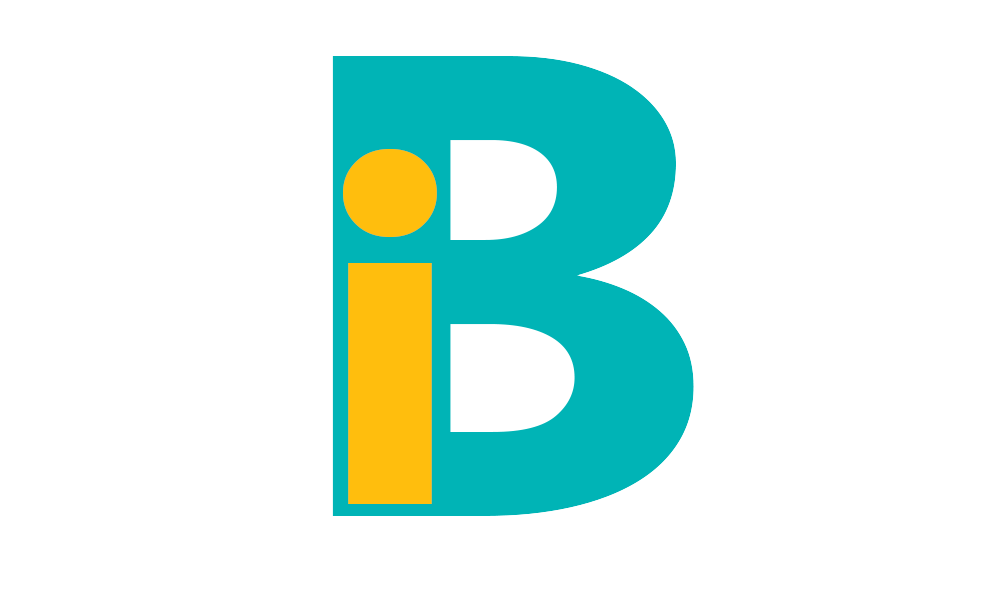
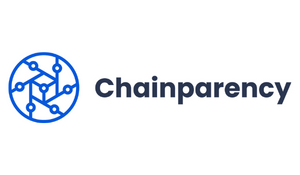




.png?width=742&name=Screenshot%20(4).png)



-2.png)
-2.png)
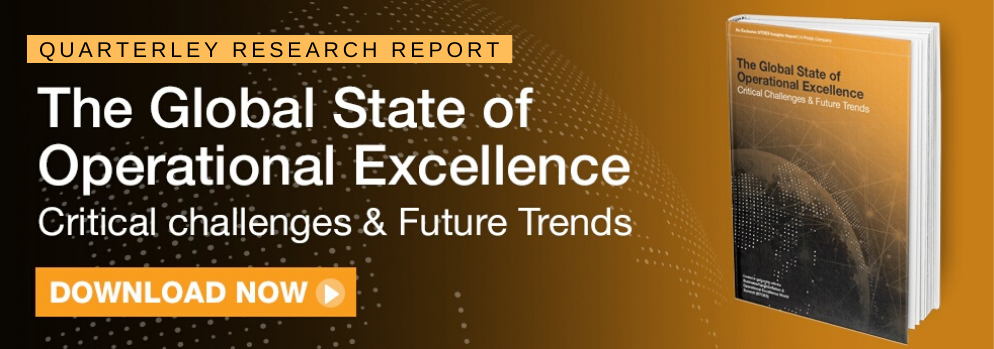

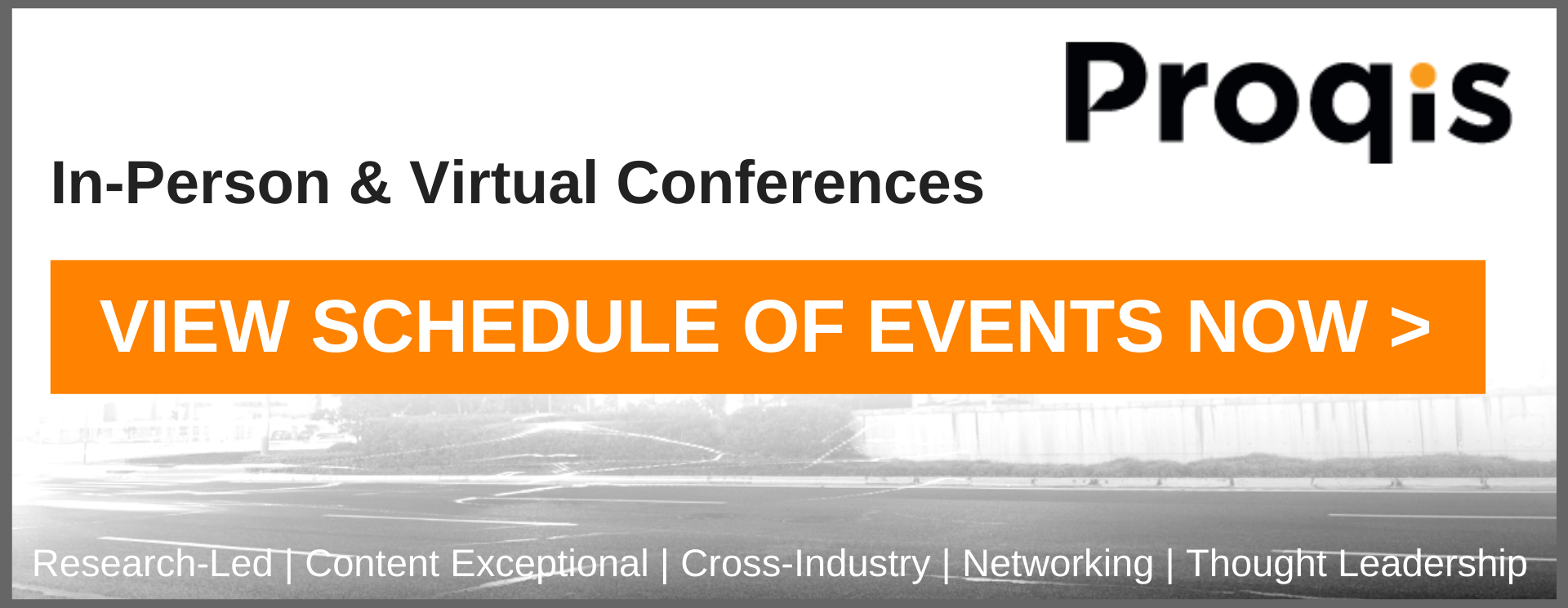


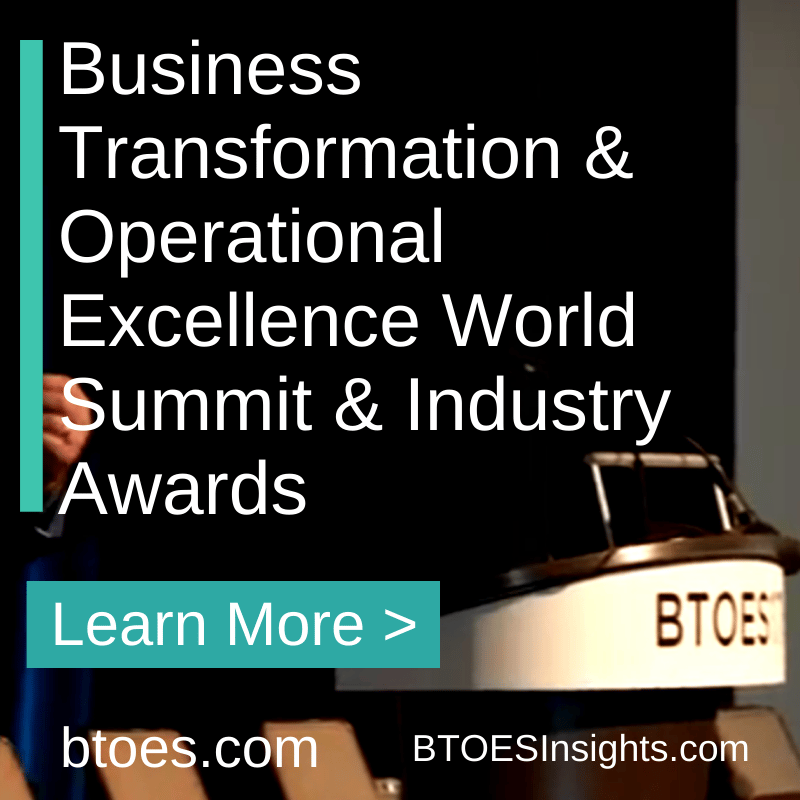
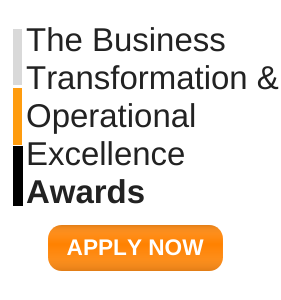

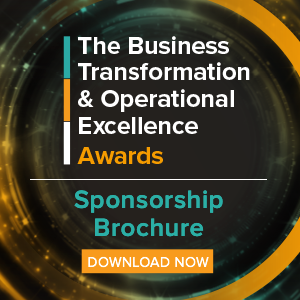
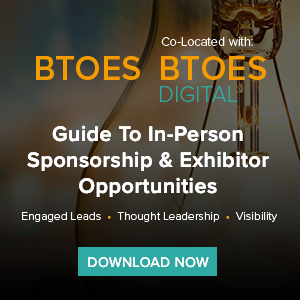

.png)

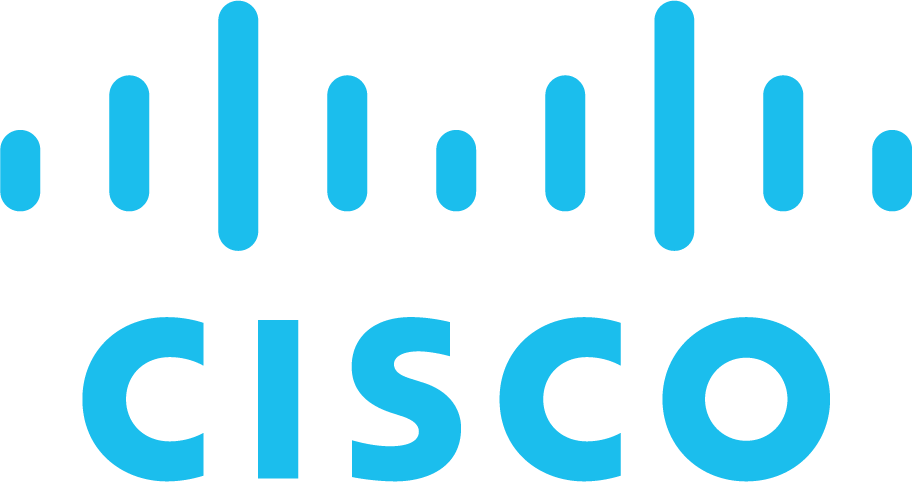
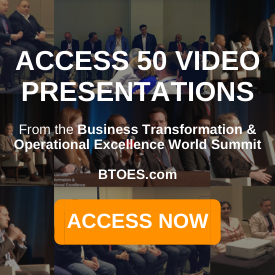
.png)
